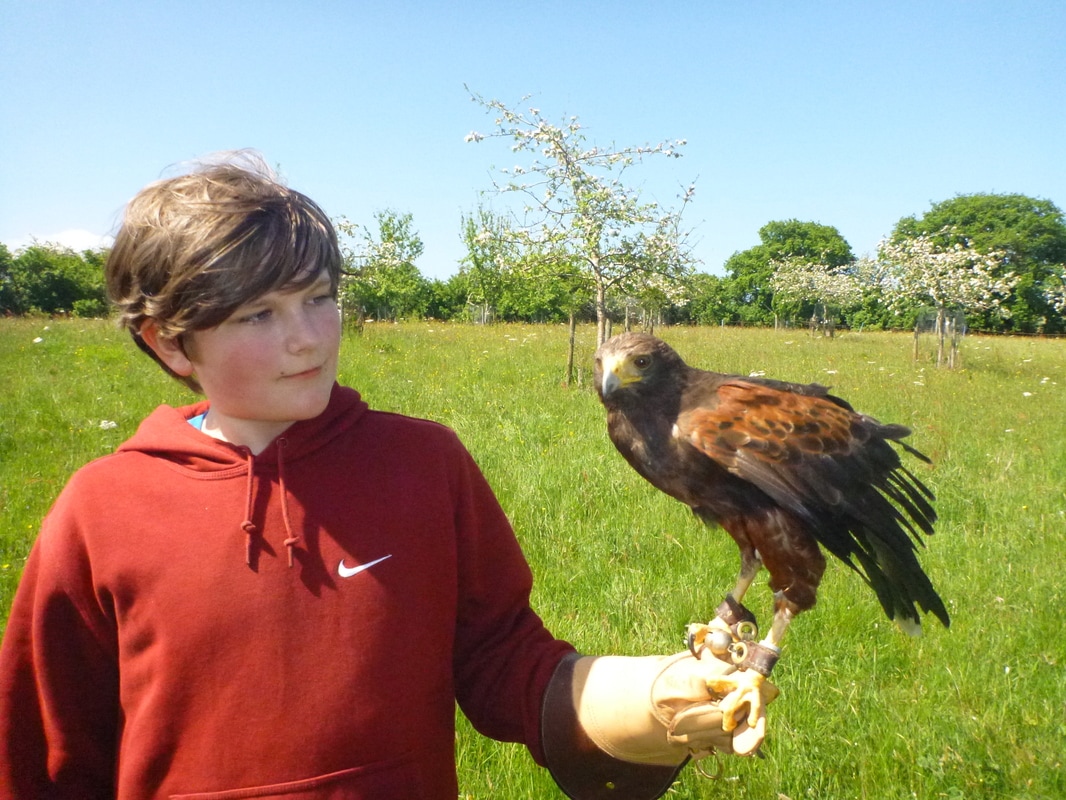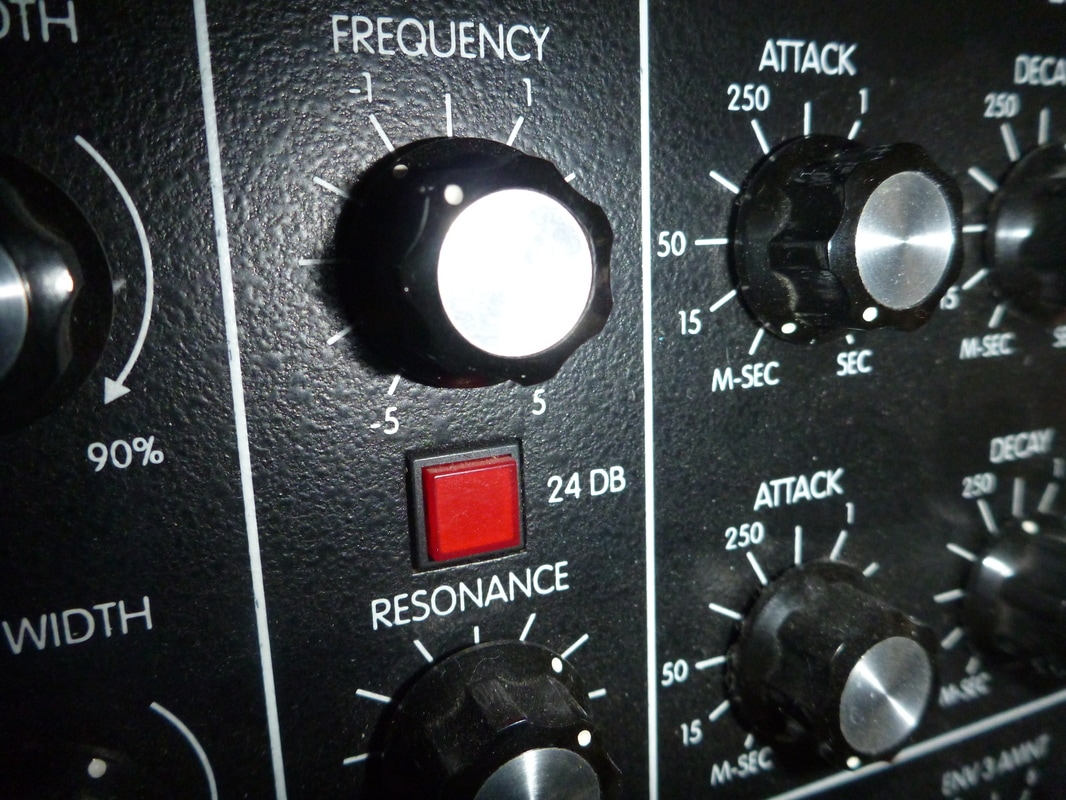The Thursday Thesis - 27/04/2017
“Beauty, Death, and The Angel’s Navel” I asked Gianni what the dim orange lights were, down the hillside from the road that snaked up his home near to the funicular. “Candles, in Staglieno” he answered. That seemed to be enough for him, and he fell silent. I was (as usual) ready to display my ignorance and asked what Staglieno was; and so began a peculiar love affair, between a Brit abroad and The City of the Dead. You see, Staglieno is a cemetery, and it is – for me – one of the World’s most beautiful places. Built on the banks of the River Bisagno, its great walls enclose a vast complex of elaborate tombs and shrines, with a population comprising hundreds of statues. And one statue in particular. She stands in niche XIII of the Upper Western Arcade, sullenly staring out from the Oneto family tomb – a beautiful angel, complete with feather wings and flowing gown. But there’s more to her than the usual angelic attributes: first, there’s the undeniable sensuality of her pose and the way her hips tilt forward. Then there’s the cold intensity of her unerring gaze. After that you can marvel at the apparent texture of her dress, hemmed with stars, and the perfection of those feathers. And there’s the little thing which Monteverdi gave her that makes her so enigmatic and fascinating: she has a navel. And that’s odd – given that angels are created directly by a supposed god... That’s why she’s so fascinating – she’s a perfect angel with a fatal flaw. Nobody is perfect, and – in many ways – it is our own lack of perfection that makes us who we are. And It's the way that everyone is imperfect in different ways that make teaching such a pleasure. Perfection is bland, sterile and anodyne: who would be daft enough to want to be that? Here’s to our imperfections - every single one of ‘em - because that's what makes us interesting, special and unique. See more of Staglieno here: www.staglieno.comune.genova.it/en/node/199 © Neil Cowmeadow 2017 Please Like and Share The Thursday ThoughtCast with your friends, family, and anyone else. I’d love to hear your comments, along with any ideas you’d care to hurl at me. Neil@cowtownguitars.net
0 Comments
The Thursday Thesis - 20/04/2017
“Birds of a Feather, and all That Jazz...” It’s often said that “birds of a feather flock together” and it’s true. But there are some birds which fly alone. These soloists are the hunters of the avian world, the eagles, falcons and hawks who rule the skies. The proverb says that “the purpose of the hunter is to hunt”, to be committed to the pursuit of the prey – or the goal. I think that these solitary hunting birds are beautiful, elegantly savage and rare. And they are terrifying – if you’re a duck. Ducks are the slow-moving types of birds that cluster together, each watching the other for clues about how they should behave. Imagine a falcon on the wing, it’s hunt directed by a committee... Ducks cluster, falcons swoop. Eagles soar alone. © Neil Cowmeadow 2017 I heartily recommend that you visit Chris Neale Falconry - you will never forget it. http://chrisnealfalconry.co.uk/
The Thursday Thesis - 13/04/2017
“Is Your World full of Jerks...?” Ever notice how certain people sail through life and seem to make friends everywhere, whilst other people you know seem to always be in conflict? It happens. And just like me, you know who those people are, don’t you? What’s going on – are they just unlucky and keep on bumping into jerks and idiots with “attitude”? I don’t think so. So what else could it be? Well, people respond to us in the way we act towards them: it’s an evolutionary thing, caused by the vast number of “mirror neurones” that everyone has. Their purpose seems to be in generating empathy and understanding, but the flip side of that is a mirror of our behaviour. So, if you’re encountering happy people everywhere – smiling at you and being helpful – chances are they are transmitting (Tx'ing) back to you exactly what they received (Rx'd) from you. Because Tx = Rx So smile and be positive today– just for research purposes – and see what happens. The people you meet, and how they are with you, holds up a mirror to yourself. Encountering jerks everywhere might be a clue... © Neil Cowmeadow 2017 Please Like and Share The Thursday Thesis with your friends, family, your cat and anyone else. I’d love to hear your comments, along with any ideas you’d care to hurl at me. Neil@cowtownguitars.net Attraction through Intention...
The Thursday Thesis - 6/04/2017 “Google your Life...” Ever notice how that thing you’ve been thinking about shows up in your life? It just seems to appear - as if by magic – and you’ve probably had a similar experience to mine. You see, when I was a teenager I wanted a Porsche 944. Back then, the closest I could get to owning one was to pin a picture of one on my bedroom wall. Before long I started seeing Porsches all over the place. It was odd, but it seems to be a universal principle. I won’t call it “The Law of Attraction”, because it’s not a Law at all – it’s just a Principle. The Principle is that you get what you think about most of the time. Google is just like that, too – you get what you search for, most of the time. Both Google and you respond to their inputs, so control your inputs and make sure they are what you Intend to do, have or be in your life. If you are open to possibility (see last week’s Thesis, if you haven’t already) then the things, people and situations you want will begin to show up. Keep your mind ON what you want, and OFF what you don’t want. Remind yourself, every day, what you want and go get it. The pictures on my wall have changed, but the Principle of Intention keeps on operating. The Rules don’t Change, only our intentions. © Neil Cowmeadow 2017 Please Like and Share The Thursday Thesis with your friends, family, your cat and anyone else. I’d love to hear your comments, along with any ideas you’d care to hurl at me. Neil@cowtownguitars.net |
Share it with your friends
It's Like This...The Thursday Thesis shares ideas which I think are worth spreading. Archives
May 2022
Categories
All
All content on these pages is the intellectual property of the author, unless otherwise stated, and may not be used in any form or reproduced under any circumstances without the authors permission.
|




 RSS Feed
RSS Feed